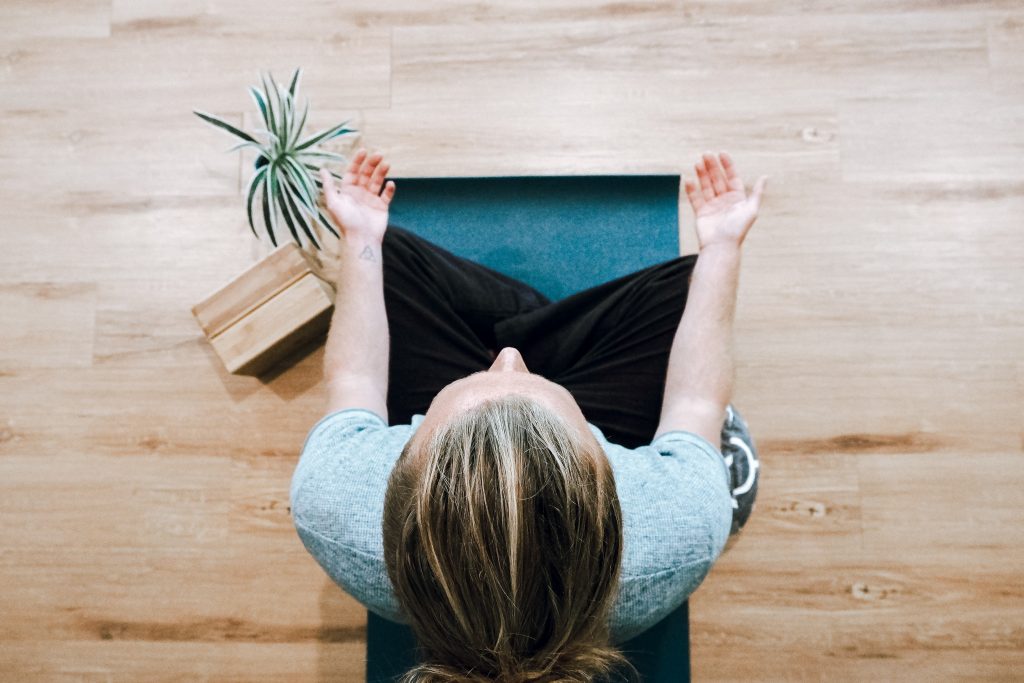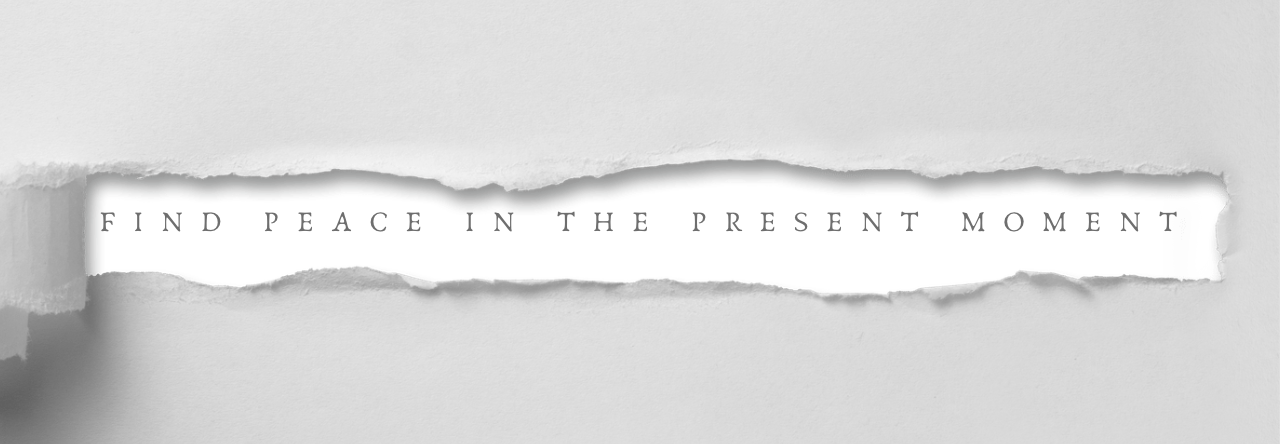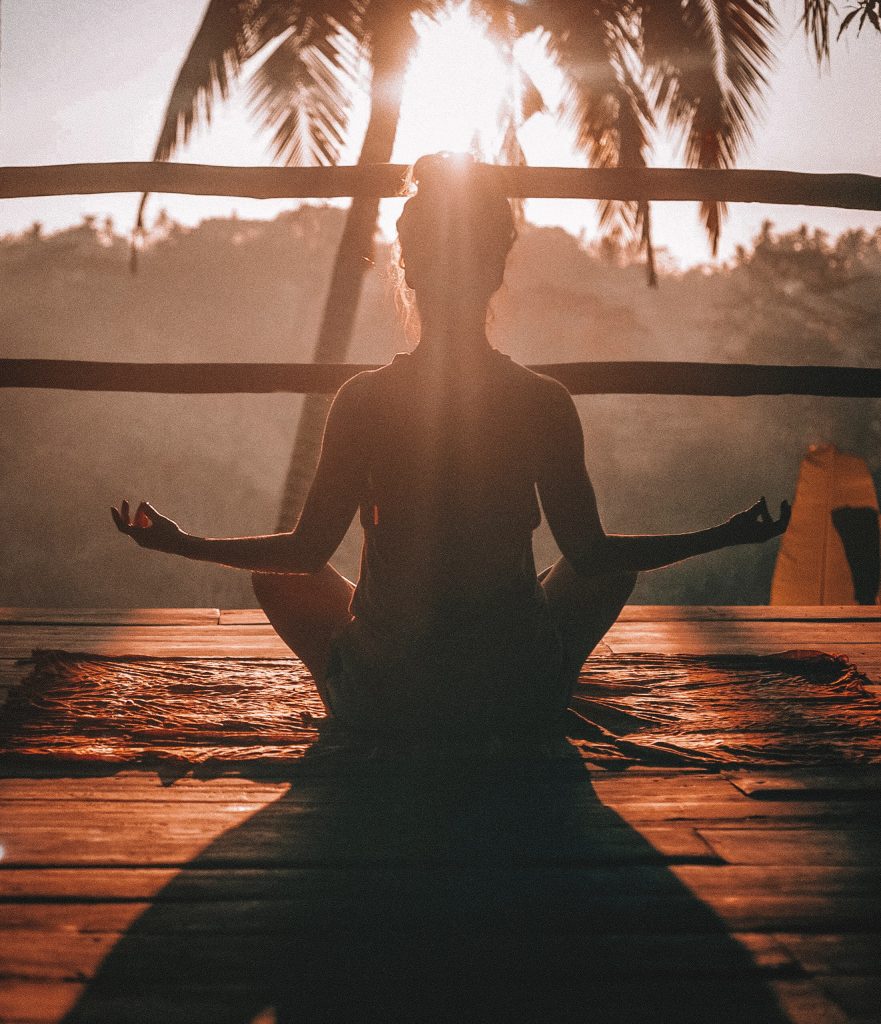
Photo by Katerina May on Unsplash
Unlock the Power of Daily Meditation: The Surprising Benefits You Never Knew
Meditation has been practiced for thousands of years, with origins dating back to ancient cultures such as India and China. It’s a simple yet powerful tool for promoting well-being, both physically and mentally. The practice of meditation can help to reduce stress and anxiety, improve focus and concentration, and increase feelings of inner peace and contentment.
Meditation for a Healthier You: How Regular Practice Can Improve Your Physical Well-being
Meditation has been shown to have a positive impact on physical health. One of the most well-known benefits is the reduction of stress and anxiety. When we meditate, we activate the body’s relaxation response, which helps to lower levels of the stress hormone cortisol. This can lead to a reduction in symptoms such as tension headaches, muscle pain, and high blood pressure.
Another physical benefit of meditation is improved cardiovascular health. Studies have shown that regular meditation can lower blood pressure and reduce the risk of heart disease. This is thought to be due to the relaxation response that is triggered during meditation, which can help to improve circulation and reduce inflammation.
Additionally, meditation has been found to increase the function of the immune system. This means that regular meditation can help to reduce the risk of colds and flu, and can also help to reduce the severity of symptoms if you do fall ill. This is thought to be due to the fact that meditation can help to reduce stress, which can weaken the immune system.
Silencing the Mind: The Mental Health Benefits of Daily Meditation
Meditation is known to have a positive impact on mental well-being. One of the most significant mental benefits of meditation is improved focus and concentration. When we meditate, we train our mind to become more present and aware of the present moment, which can help to improve attention and focus. This can be beneficial for those who struggle with distractions or have trouble staying on task.
Another mental benefit of meditation is increased self-awareness. As we meditate, we begin to observe our thoughts, emotions, and physical sensations. This increased awareness can help us to become more in tune with our own needs, and can also help us to identify patterns of behavior or thought that may be holding us back.
Emotional regulation is also a key mental benefit of meditation. When we meditate, we learn how to observe our emotions without getting caught up in them. This can help to reduce feelings of anxiety and depression, and can also help to increase resilience in the face of stress. Additionally, it can help to improve mood and overall well-being.
In short, meditation can help to improve cognitive function, emotional well-being, and overall mental health, making it an effective tool for promoting a positive state of mind and well-being.
Connecting to Something Greater: The Spiritual Benefits of a Daily Meditation Practice
Meditation can also have a profound impact on spiritual well-being. One of the spiritual benefits of meditation is increased feelings of connectedness and compassion. When we meditate, we begin to see the interconnectedness of all things, and this can lead to a greater sense of compassion and empathy towards others.
Another spiritual benefit of meditation is a greater sense of purpose and meaning in life. As we meditate, we begin to see the bigger picture and can gain a deeper understanding of our place in the world. This can help to reduce feelings of aimlessness and can also help to provide a sense of direction and purpose in life.
The deepest spiritual benefit of meditation is the development of a deeper sense of inner peace. As we quiet the mind and observe our thoughts, emotions and physical sensations, we can reach a state of deep relaxation and inner peace. This can help us to find a sense of calm and contentment, even in the midst of chaos and turmoil.
Starting Your Journey to Inner Peace: Simple Tips for Incorporating Meditation into Your Daily Routine
Starting a daily meditation practice can seem daunting, but it doesn’t have to be. With a few simple tips, you can begin to incorporate meditation into your daily routine and start reaping the benefits.
The first step in starting a daily meditation practice is to set aside a specific time each day for meditation. This could be first thing in the morning, during lunchtime, or before bed. The key is to choose a time that works best for you and to make it a consistent part of your daily routine.
Once you have set aside a specific time, it’s important to find a quiet and comfortable place to meditate. This could be a dedicated meditation room, a comfortable chair, or even just a quiet corner of your home. The important thing is that you are comfortable and won’t be disturbed during your meditation.
Another important aspect of starting a daily meditation practice is to set realistic expectations for yourself. It’s important to remember that meditation is a skill that takes time and practice to develop. Be patient with yourself and don’t be discouraged if you find it difficult to quiet your mind at first.
Lastly, it’s helpful to have a guide or teacher to help you get started. There are many resources available such as meditation apps, online classes, or in-person classes that can provide guidance and support as you start your daily practice.
The Ultimate Mind-Body-Spirit Practice: Embrace the Power of Daily Meditation
In conclusion, a daily meditation practice can bring numerous benefits to both the mind and body. From improving physical health, to enhancing mental well-being, to providing spiritual nourishment, meditation can help to improve overall quality of life.
It’s important to remember that meditation is a skill that takes time and practice to develop. It’s not about achieving a perfect state of mind, but rather about learning how to observe and accept our thoughts, emotions, and physical sensations without getting caught up in them.
Starting a daily meditation practice can seem daunting, but with a few simple tips, it can easily become a part of your daily routine. By setting aside a specific time, finding a comfortable place, setting realistic expectations, and having the support of a guide or teacher, you can begin to incorporate meditation into your daily routine and start experiencing the many benefits it has to offer.
In short, meditation can help to improve overall well-being and quality of life and it is worth giving it a try. It doesn’t require any special equipment or location and can be practiced by anyone, anywhere, and at any time.











